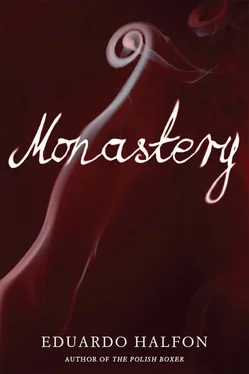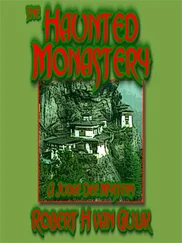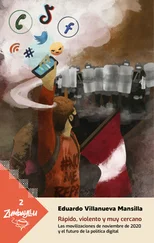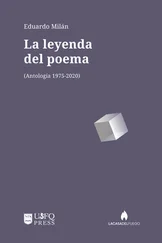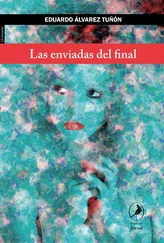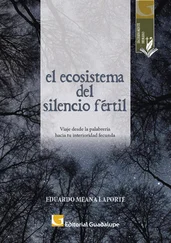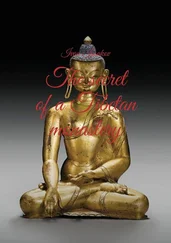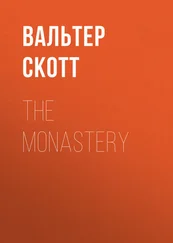Here, she said handing me the small green box. I’ll be right back.
Noblesse, in white letters. Virginia Blend, in black letters.
I LIT A CIGARETTE. It was hot inside the Citroën. Perhaps because the images of those children were still in my head, I noticed two girls on the other side of the street, playing among the pedestrians. They must have been ten or twelve. Sisters, maybe, or best friends. Suddenly, one of them flung herself to the ground, head-first, and did a handstand. And just like that, straight up on her hands, nimble, she began to walk among the pedestrians. Like it was nothing. An upside-down pedestrian. A feet-up pedestrian. An inverted pedestrian. Then, still on her hands, she turned and walked back to where the other girl was. Now it was the other girl’s turn. She didn’t have the nerve. Her friend or sister seemed to be encouraging her, explaining to her how to do it. To no avail. The first girl stretched tall once more, raised her slender arms up into the air, and again hurled herself down, again walked feet-up among the pedestrians. Perfect. Elegant. With the precise and studied grace of a gymnast. Her legs straight. Her feet pointed way up in the air, amid all the pedestrians’ heads. When she finished, the other girl clapped. They both clapped. I rolled down the Citroën’s window, and as I tossed my cigarette out, it occurred to me that pirouettes are always incomprehensible. Then something strange occurred to me: that I must not forget that scene; that I must make an effort to recall the scene of the girl walking upside down on a sidewalk in Jerusalem, feet-up in Jerusalem, feet-up among the Israelis; that I must find the most beautiful feature and take a mental photograph, a blind man’s photograph; that some day I’d understand why. I closed my eyes as though imitating the old photographer, as though that were enough, as though my eyelids were the shutter and just by closing them the image would be fixed. When I opened them, the two girls were racing off, zigzagging, almost leaping through the crowd, holding hands.
I LIT ANOTHER CIGARETTE. I looked at my watch. I wiped the sweat from my forehead with the sleeve of my T-shirt. The ticking of the hazard lights was starting to annoy me.
There was a homeless man on the sidewalk beside me. Old, bearded, filthy. Swathed in rags and blankets that looked like the colors of the Israeli flag. He was muttering to himself, kneeling on a piece of cardboard. I smoked awhile before realizing that the lump beside him — small, white, stock-still — was a cat. It seemed illogical to me that a cat could be so still with that many pedestrians around. Too stiff, I thought. Maybe it was a stuffed animal. Or maybe it was sleeping. Or dead. Was it dead? I opened the door and got out.
The homeless man, two or three steps away from me, mumbled something. I approached slowly without closing the car door. I stared at the cat, willing it to move, to yawn, to stretch the way cats stretch, to do something, anything, to show me that it wasn’t dead. But the more I contemplated it, lying there, inert, squalid, the more convinced I became that, in fact, it was dead. I stubbed my cigarette out on the sidewalk. I crouched down to see it better. The cat’s eyes were open. It seemed not to blink. Suddenly the homeless man yelled at me, perhaps in Hebrew, most likely begging. Then he began to laugh. Loud. Then louder. His laugh was solid and abrupt, like a series of waves crashing into the rocks. He was jeering at something behind me, farther back. I turned. Not two minutes had passed, but the brown Citroën was surrounded by a group of soldiers, maybe four or five soldiers, all young, all holding guns. They were nervous. They were looking inside the car. I walked toward them and they became even more nervous and began shouting at me in Hebrew and pointing their guns at me and instinctively I put my hands up, and suddenly I couldn’t hear. I couldn’t hear anything. A few pedestrians began to stop, to shout at me, but I just saw mouths moving and shouting without hearing what they were shouting. I saw the homeless man still laughing without hearing his laugh. I saw one of the soldiers, a blond girl, asking me something without hearing her question. I saw Tamara approaching from a distance, running in slow motion, a plastic bag in her hands, and I felt as if someone were removing cotton balls from my ears, and slowly I began to recognize Tamara’s voice, calming the soldiers in Hebrew. Saying something like this, I imagined: that she was very sorry, that the brown Citroën belonged to her, that the idiot standing there with his hands in the air was her Guatemalan friend, that he didn’t know that in Israel you can’t just leave an empty car in the middle of the street. I could hear the pedestrians murmuring again. I could hear the homeless man laughing again. The soldiers weren’t lowering their guns. Tamara told me in English to get in the car. Right now. I got in and sat down and closed the door. She handed me the plastic bag and immediately started the engine. I apologized, distressed, but she didn’t say a word. Just shook her head as we started to drive away. I wiped the sweat from my forehead, from the back of my neck. The white cat was still splayed in the same position.
IT HAS MANY NAMES, she told me as she drove, dropping pebbles of hash and strands of tobacco into a rolling paper on her leg. The Israelis call it security fence, or separation wall, or antiterrorist fence. She then licked the paper and rolled it long and tight. She was steering with her elbows. She hadn’t shifted out of fourth gear for some time. The Palestinians call it the wall of racial segregation, or the new wall of shame, or the apartheid wall. And she lit the joint, inhaled. The international media, according to their political slant, call it wall or fence or barrier, depends, she said, and exhaled a sweet bluish cloud. She passed me the joint. I don’t like hash. But I couldn’t say no. I took a couple of drags and handed it back to her, and we fell silent, simply staring at the immense wall or fence or barrier. I hadn’t pictured it so tall, so long, so thick, so imposing. It looked like it went on forever. I felt a profound desire to touch it. I was about to ask Tamara to stop, when suddenly I felt queasy. Maybe it was her driving. Maybe it was the combination of hash and the heat inside the Citroën and the adrenaline rush I’d gotten with the soldiers. Maybe it was something much darker and more fleeting. I rolled the window all the way down, stuck my head out and, breathing in the warm fresh air, thought of other walls. Chinese walls and German walls and American walls. Holy walls of temples and damp mossy walls of cells. The brick walls of a ghetto, the walls surrounding an entire people imprisoned in a ghetto, starving in a ghetto, dying slowly and silently. All of a sudden, I saw or imagined I saw on the wall (we were driving very fast and my eyes were almost closed and my pupils were dilated) the all-black figure of the girl in the Banksy painting: her black braid, black bangs, little black skirt, black shoes, black face looking up, her whole body facing up toward the sky as she floats up the wall with the help of a bunch of black balloons held in her tiny black hand. It occurred to me, my head halfway out the window and already experiencing a delicious lethargy from the hash, that a wall is the physical manifestation of man’s hatred of the other. A palpable, concrete manifestation that attempts to separate us from the other, isolate us from the other, eliminate the other from our sight and from our world. But it’s also a clearly useless manifestation: no matter how tall and thick the construction, no matter how long and imposing the structure, a wall is never insurmountable. A wall is never bigger than the spirit of those it confines. Because the other is still there. The other doesn’t disappear, never disappears. The other’s other is me. Me, and my spirit, and my imagination, and my black balloons.
Читать дальше
